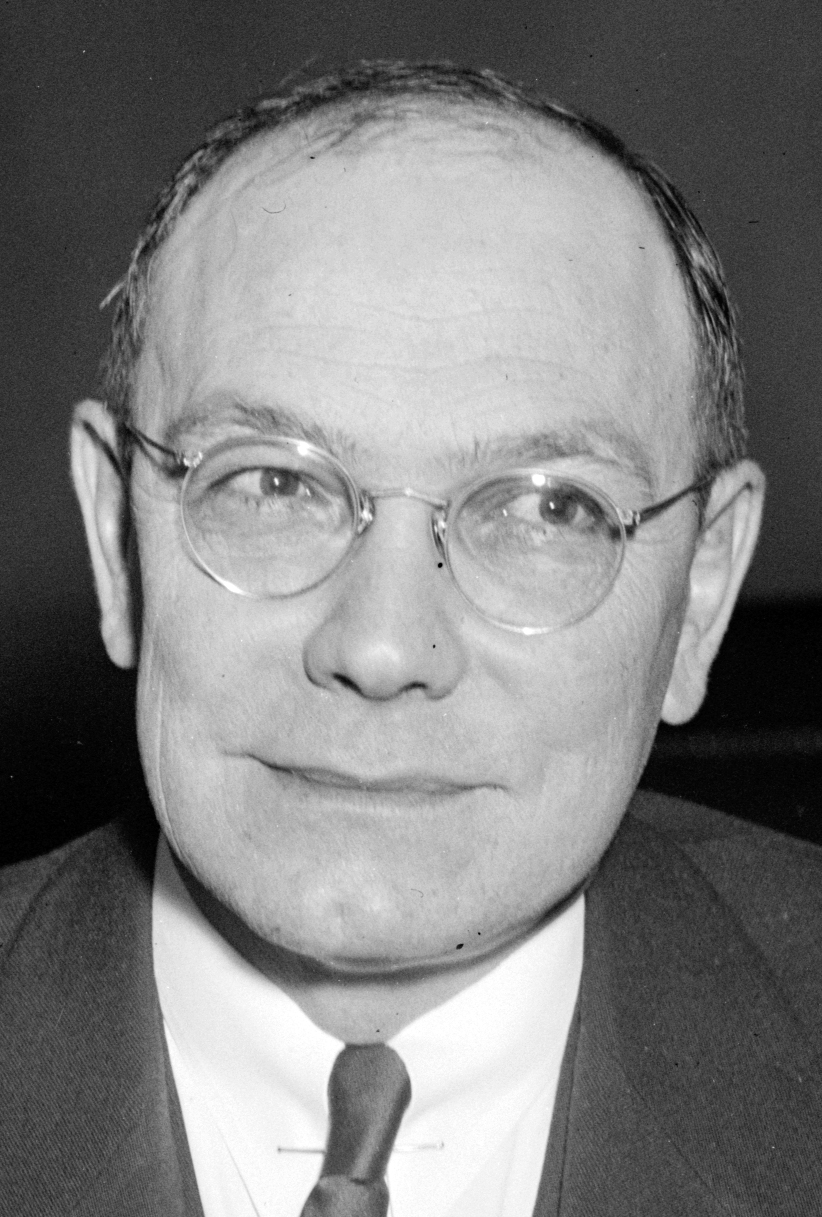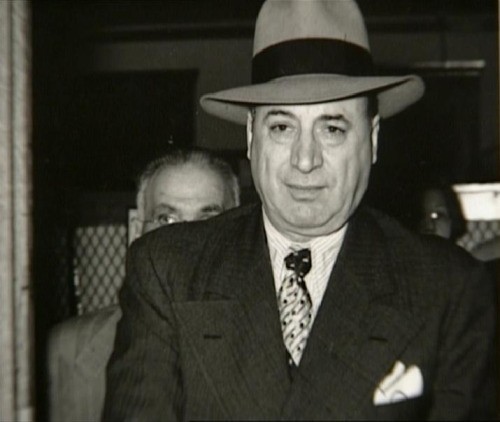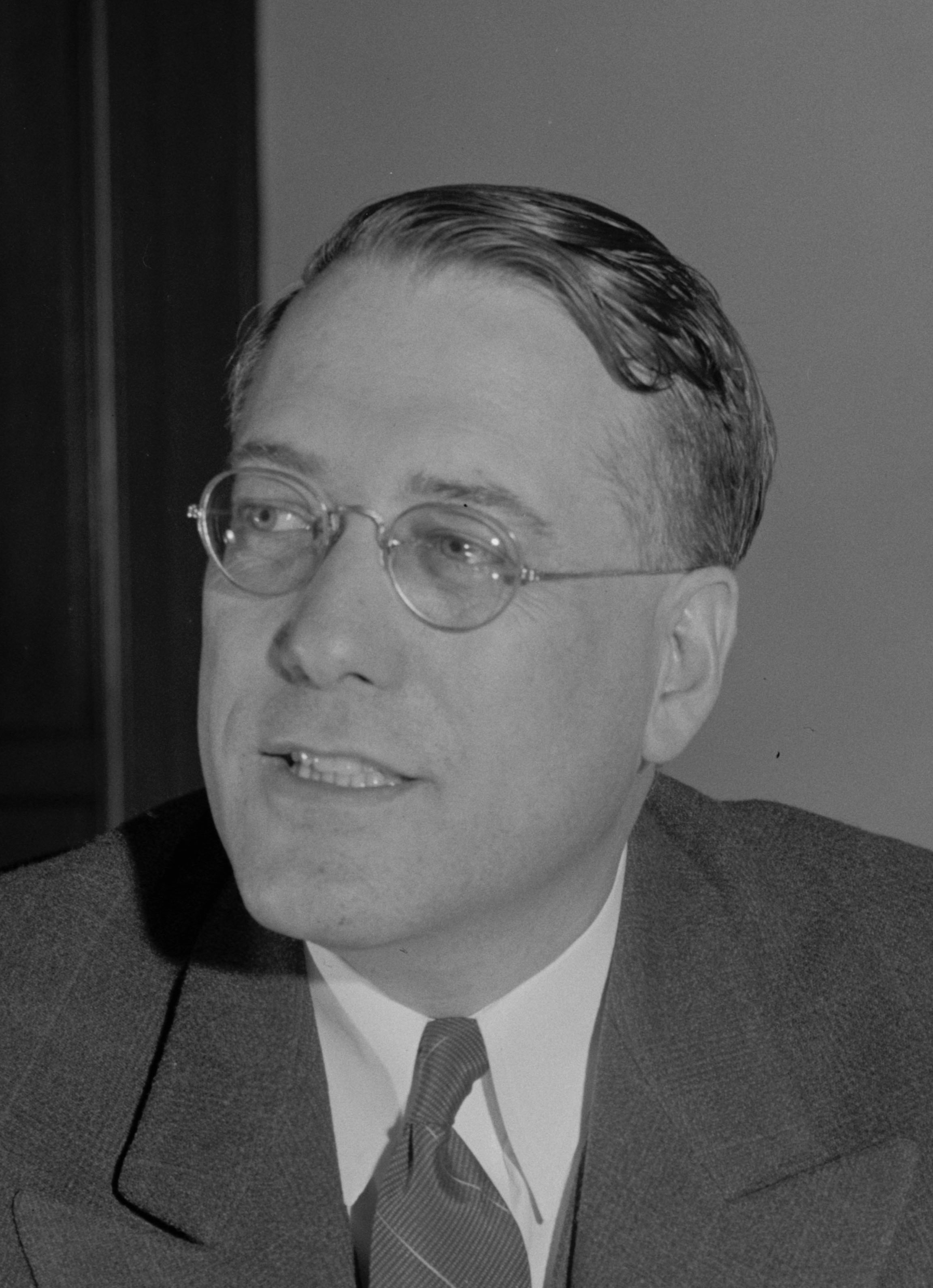During Prohibition, Mob Bosses Tripped Up By Tax Laws
Scroll to read more



During Prohibition, Mob Bosses Tripped Up By Tax Laws
Although liquor enforcement was ineffective in many cities during Prohibition, the federal government eventually found a more successful way to attack organized crime: targeting tax evaders.
By following the money, a small investigative unit within the Treasury Department was able to build airtight cases against Mob kingpins. The T-Men, as these agents became known, continued to put mobsters behind bars long after Prohibition ended.
The T-Men’s greatest Prohibition-era triumph was convicting Chicago Mob boss Al Capone of tax evasion in 1931. But their story started several years earlier with a government administrator named Elmer Irey.
Irey began his federal career in 1907 in the postal inspector’s office, where he was involved in solving mail fraud cases and mail car robberies. In 1919, he was tapped to head the Treasury Department’s new Special Intelligence Unit, charged with investigating large-scale tax evasion and keeping the Bureau of Internal Revenue free of corruption.
Irey’s early cases dealt with corruption within the Bureau of Internal Revenue and especially its newest subdivision, the Prohibition Unit. It was a big job, because Prohibition agents were notorious for wrongdoing. During the 1920s, hundreds of Prohibition agents were fired and many of those were prosecuted. Prohibition agents were not subject to Civil Service requirements, which meant, according to Irey, that “the most extraordinary collection of political hacks, hangers-on, and passing highwaymen got appointed as agents.”
As organized crime grew in size and power during Prohibition, so did the violence between rival gangsters. Local politicians and prosecutors were unable or unwilling to stem the criminal mayhem, especially in Chicago, where Tommy guns seemed to be going off in the streets on a daily basis while Al Capone walked free with a smile on his face.
Irey had a small but potent Special Intelligence Unit office in Chicago. Its agents had focused mostly on corrupt Prohibition agents, but they also had been studying Capone’s movements in the hope of finding a method to take him down.
Landmark ruling
The method for Irey’s Special Intelligence Unit came in the form of a game-changing U.S. Supreme Court ruling in 1927. The case involved a South Carolina bootlegger named Manly Sullivan who contended the money he made from illegal liquor could not be taxed. The Justice Department, led by Assistant Attorney General Mabel Willebrandt, argued that Manley’s ill-gotten gains should be subject to the income tax.
On May 16, 1927, the Supreme Court ruled in the government’s favor, opening a new front in the war on organized crime. Irey and his Special Intelligence Unit led the assault. As Robert G. Folsom describes it in The Money Trail, the ruling “put into place an imperative that would shape Elmer Irey’s future, catapulting the SIU into the wider picture of financial criminal inquiry, a task Irey turned out to be superbly fitted for. He would pioneer the strategy of using the money trail to uncover criminal activity.”
Irey’s first big tax cases targeted Capone’s brother, Ralph, and two Capone associates, Terry Druggan and Frankie Lake. In 1928, Druggan and Lake pleaded guilty to tax evasion and served time in Leavenworth prison. As for Ralph Capone, a jury convicted him in 1930, and he was sentenced to 18 months behind bars. The intelligence unit also nabbed Capone lieutenants Frank Nitti and Jake Guzik.
‘Get Capone’
The big prize, of course, was Al Capone, and the desire to bring him to justice existed far above Irey’s office. President Herbert Hoover is widely credited with starting the “Get Capone” movement but Irey and others insist it started a few months before Hoover took office in March 1929. Still, Hoover’s zeal undoubtedly accelerated the process. As did the St. Valentine’s Day Massacre.
On the morning of February 14, 1929, seven associates of bootlegger George “Bugs” Moran were lined up against a brick wall and machine-gunned to death inside a garage on Chicago’s North Side. Gang violence had been prevalent in Chicago for several years by then, but the brutality and scale of the St. Valentine’s Day Massacre made front-page news across the county and even abroad. And although he was living in Florida at the time, Al Capone was widely suspected of orchestrating the hit.
Irey leaped into action. He assigned Arthur P. Madden, who ran the Chicago office, to coordinate the Capone case. He sent Mike Malone to Chicago to go undercover to infiltrate Capone’s organization. And he called on Frank Wilson, then stationed in Baltimore, to serve as the lead investigator. Irey described Wilson as relentless in pursuit of wrongdoers: “He will sit quietly looking at books for 18 hours a day, seven days a week, forever, if he wants to find something in those books.”
Building a case
Mob bosses such as Capone were adept at keeping their names out of official accounting records, so building a tax evasion case would not be easy. The investigators needed to find evidence that Capone had been spending more money than he had declared to have earned. Wilson and his team went to work combing through thousands of business receipts and accounting records. They also eventually tracked down a couple of witnesses who had been involved in money handling for Capone’s gambling dens.
It was a tedious, frustrating process, and for months the Special Intelligence Unit agents weren’t sure they would find the evidence they needed. In essence, there was no money trail leading to Capone. As Folsom notes, “Capone had no bank account, endorsed no checks, signed no receipts, had no property in his name, had never filed a tax return nor made a declaration of assets or income. He paid cash for everything and easily obtained funds whenever and wherever.”
As the investigation trudged on, Wilson happened upon a set of ledgers in a filing cabinet that the state attorney had sent over. Perusing the ledgers, Wilson discovered that initials were written next to the figures, suggesting to whom the money was given. He concluded they were records from a large gambling operation, and one of the initials was “C.” Digging deeper, he figured out that the numbers indicated how gambling profits were split up at the Hawthorne Smoke Shop in Cicero, the Chicago suburb where Capone had moved his base of operations. The ledgers were the smoking gun Wilson needed.
Capone trial
On June 8, 1931, Capone was indicted on tax evasion charges. Initially, he pleaded guilty based on an understanding with Justice Department officials that they would agree to a light sentence of two and a half years. But U.S. District Judge James Wilkerson angrily rejected that scenario. Capone withdrew his guilty plea, and a trial was set for October 6.
Despite the voluminous case against him, Capone still thought he could beat the rap. The first thing he did was to buy members of the jury. But an informant told Wilson about it, and Wilson told the judge. On the first day of the trial, Wilkerson switched his jury with one empaneled for another judge’s trial, thwarting Capone’s scheme.
After an 11-day trial, the jury convicted Capone on 22 counts of tax evasion. On October 24, Wilkerson sentenced him to 11 years in prison. Capone ended up serving almost eight years, including several years in Alcatraz, during which the effects of late-stage syphilis took hold and he was reduced to the mentality of a 12-year-old.
T-Men triumphs
Although the Capone case was the T-Men’s crowning achievement, it was hardly their last case. The T-Men brought down an array of other high-profile mobsters, businessmen and politicians during Irey’s tenure in the 1930s and ’40s, including Waxey Gordon, Johnny Torrio, Thomas Pendergast, Nucky Johnson and Moses Annenberg.
As tax evasion became more sophisticated – evolving into the “cleansing” of dirty money known as money laundering — the Special Intelligence Unit expanded and was renamed the IRS Criminal Division, which to this day follows the money to take down criminal empires.
Elmer Irey was a modest, soft-spoken man, but he earned great respect and loyalty from those who worked for him, in part because of his investigative doggedness and acumen. During the latter part of his career, Irey often was overshadowed by publicity-obsessed FBI Director J. Edgar Hoover, but those in the know admired Irey’s leadership and accomplishments. Upon Irey’s retirement in 1946, Life magazine dubbed him “one of the world’s greatest detectives.” Folsom declares that “in the case for history, it will be Irey, not J. Edgar Hoover, who will be ranked as the greatest law enforcement figure of the twentieth century.”